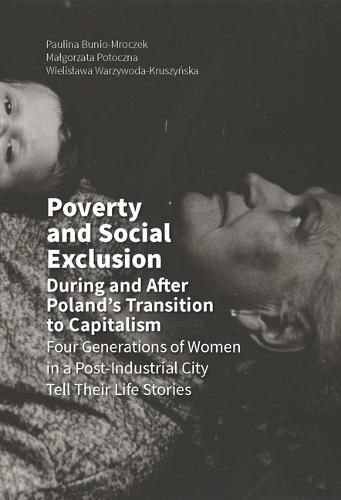Readings Newsletter
Become a Readings Member to make your shopping experience even easier.
Sign in or sign up for free!
You’re not far away from qualifying for FREE standard shipping within Australia
You’ve qualified for FREE standard shipping within Australia
The cart is loading…






This book is about poverty in Poland during the transition to capitalism and in the decade that followed as documented in the life courses of women living in the disadvantaged neighborhoods in the post-industrial city. The authors analyze the life histories of four generations of women. The oldest are former workers in state-owned factories in which they worked until retirement and who used to be the leaders of the female working class during the socialist period. Their daughters, granddaughters, and great-granddaughters became redundant on the capitalist labor market and survived on social benefits. The book goes beyond the feminization of poverty as traditionally considered in monetary terms. It searches for the causes that drive and maintain poverty that are embedded in changes in industrial relations, welfare regimes, and family structures and relations. It also discusses women’ efforts and capabilities to cope with disadvantages.
$9.00 standard shipping within Australia
FREE standard shipping within Australia for orders over $100.00
Express & International shipping calculated at checkout
This book is about poverty in Poland during the transition to capitalism and in the decade that followed as documented in the life courses of women living in the disadvantaged neighborhoods in the post-industrial city. The authors analyze the life histories of four generations of women. The oldest are former workers in state-owned factories in which they worked until retirement and who used to be the leaders of the female working class during the socialist period. Their daughters, granddaughters, and great-granddaughters became redundant on the capitalist labor market and survived on social benefits. The book goes beyond the feminization of poverty as traditionally considered in monetary terms. It searches for the causes that drive and maintain poverty that are embedded in changes in industrial relations, welfare regimes, and family structures and relations. It also discusses women’ efforts and capabilities to cope with disadvantages.